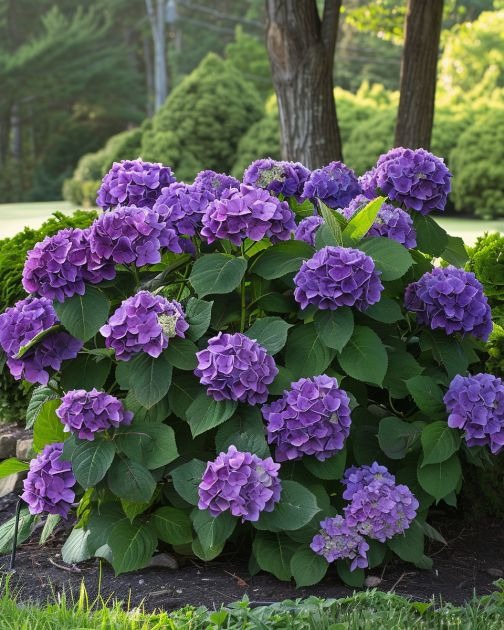
Aiming for fuller hydrangeas? Try this gardener’s trick for ensuring blooms for years to come
 4. Regular watering schedule:
4. Regular watering schedule:Maintain consistent moisture levels in the soil, especially during dry periods. Hydrangeas require considerable water, but avoid waterlogging which can lead to root rot.
5. Use a well-balanced fertilizer: Select a fertilizer that is high in phosphorus to promote vigorous blooms rather than excessive foliage. Apply in early spring, just as the plants start actively growing, and again before mid-summer to encourage continued blooming.
Pruning: Key to Long-term Bloom Success:
6. Understand the specific pruning needs:
Different hydrangea varieties require different pruning techniques. For example, many hydrangea varieties form blooms on the previous year’s stems, so it’s critical to prune right after blooming and before the growth season ends.
7. Remove only old and dead wood:
Pruning to shape the hydrangea should be gentle. Focus primarily on removing dead or old wood, and thinning out crowded centers to improve sunlight exposure and air circulation.
This gardening trick for fuller, long-lasting hydrangea blooms centers on understanding and manipulating the environmental variables that affect these plants most significantly. From soil composition and pH to proper watering and pruning techniques, these steps help create a hospitable environment for hydrangeas to not only survive but thrive. With patience and meticulous care, you will be rewarded with stunning, envy-inducing hydrangea blooms season after season.
Pages: 1 2
